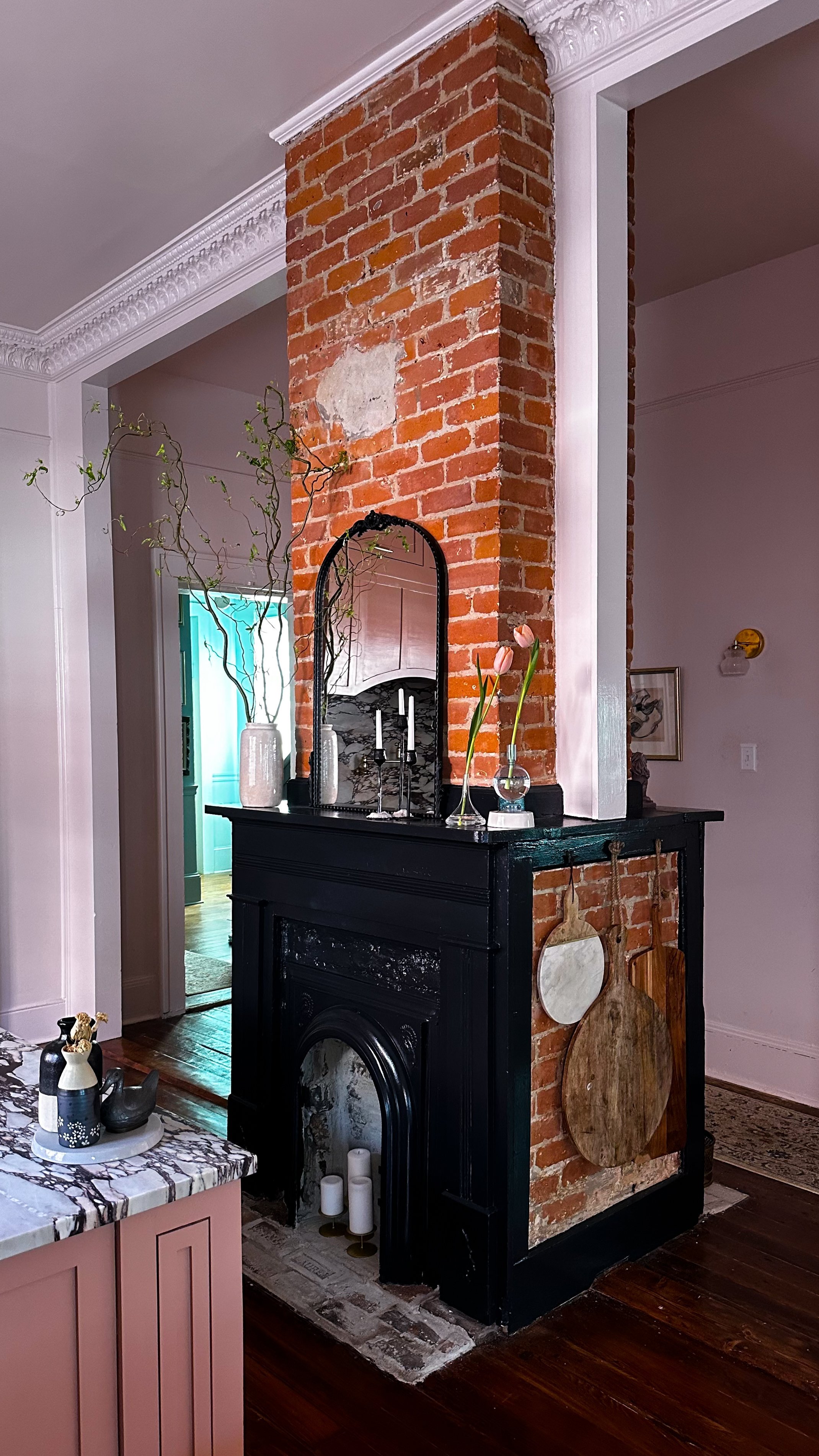How To Naturally Dye Easter Eggs (good & bad & ugly!)
Hi!! If you’re anything like me, I’d first like to apologize to your friends and family because that sounds terrible. And second, it means you’ve been seeing natural Easter egg dying tutorials online for years and itching to give it a try yourself!
With our ducks in full blown egg factory mode it seemed like the perfect season of life for me to give it a whirl.
We loosely followed this guide from The Kitchn and altered it slightly, mostly just limiting the ingredients to stuff we could find at Walmart. Overall I’m pretty happy with the results, but I don’t think I’ll always want to do naturally dyed eggs—the colors weren’t quite as vibrant as I’d hoped, the process itself is kind of messy compared to regular dying, and it takes a bit longer. Nonetheless, it was a very fun experiment, and it’s really cool to see what dyes well and what doesn’t!
Below I’ve got what we used to dye and my notes on each item so that you’ve got all the tea for your own dying experience! Important note: the pale green eggs in the pictures are actually just the natural color of some of our duck eggs. Most of our girls lay white or off-white eggs, but two of them lay these really pretty green eggs so we just didn’t dye those.
I discuss the dying method further in the step-by-step below but it’s really very simple: we’re just simmering each ingredient with water for about 15 minutes, straining off the solids and reserving the liquid dye, adding a small amount of vinegar to the dye, and soaking our eggs in the dye to stain them.
When I say “dip” in the process below, I’m referring to giving the eggs an hour long soak followed by time to air dry on paper towel. For best results you’ll want to do a few dips over the course of a night and then soak overnight for a final dye.
We used blueberries, purple cabbage, red onion skins, turmeric, paprika, and pomegranate juice, and here’s how they stacked up:
Blueberries | These did wonderful, left a great stain after just a couple of hours, and bonus points for giving us some cooked down blueberries I used in a sweet sourdough loaf.
Purple Cabbage | This worked well, but the color was pretty faded. For best results this may need multiple dips and an overnight soak. This one was also kind of stinky, so.
Red Onion Skins | This created the cool red spotted eggs we have, and I have no clue what caused the spotting but it was a really fun effect so see. I would do these again!
Turmeric | This dyed the eggs a nice pale yellow but seemed to be more effective on dying the container we soaked it in, our hands, and any dishes in the sink the turmeric came into contact with. Everything is a little yellow now. Not sure it was worth it.
Paprika | This did nothing. Do not do this.
Pomegranate Juice | Same as paprika, it did nothing besides create a slight brown tint, so, it’s a skip.
OK & here’s our process for the colors we had success with!
You’ll need:
2 cups whole blueberries
2 cups shredded purple cabbage
2 cups red onion skins
1/3 cup turmeric
1 tablespoon of white vinegar per cup of dye liquid (this can be eyeballed!) plus more for boiling the eggs
1 dozen eggs
1 non-reactive container per color you’re planning to do, we used these Rubbermaid TakeAlongs and they were perfect.
Process:
Boil the eggs by bringing a large pot of water to a boil with enough water to cover all twelve of your eggs. You can do this in batches. Add the eggs gently with a slotted spoon along with a hefty dash of white vinegar (this helps with peeling later!). While the eggs boil make an ice bath (ice + water) in a large bowl that can fit all of your eggs. Once the ten minutes is up transfer the eggs to the ice bath and set aside to cool.
Make each dye by combining the ingredient amount listed above with 3 cups of water. Boil for 15 minutes, making sure to lower the heat to a simmer if the water begins to quickly evaporate—you’re aiming to have at least two cups of dye liquid left at the end of the cooking process.
Strain out the solids and transfer dye liquid to a container (we used these). Stir in 1 tablespoon per cup of dye.
Place 2-3 eggs in each dye, let sit for an hour before removing and placing on a paper towel to dry. Repeat until finished color is achieved!
Pop into a carton or a basket as decoration, or refrigerate if you plan to eat them!















